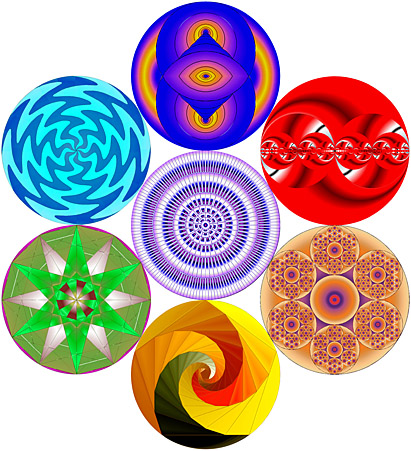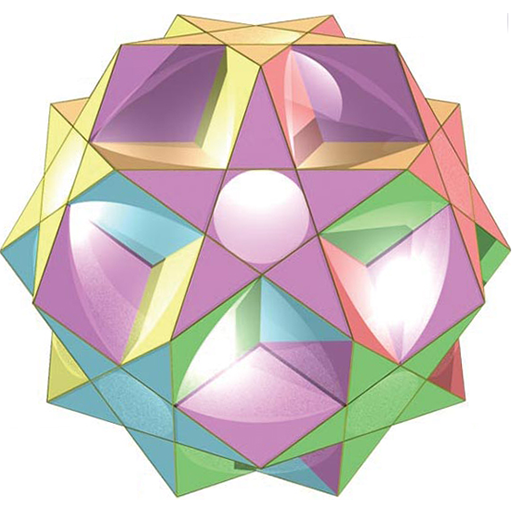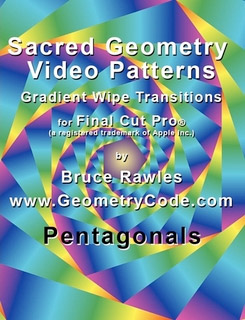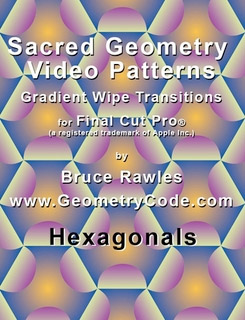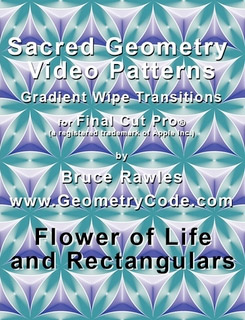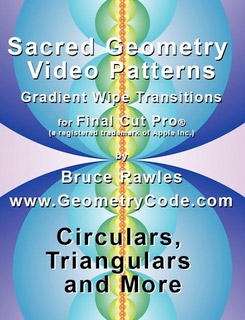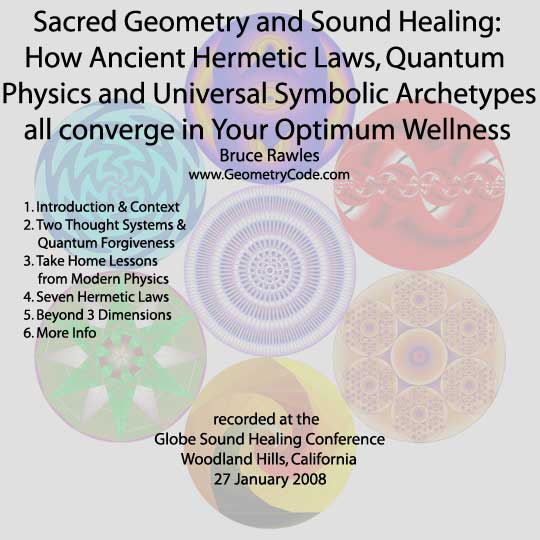
The sphere is such a primal shape at the foundation of matter and so many realms and disciplines, arts, sciences, and much more that it seems overlooked sometimes in favor of more peculiar and/or complex shapes and geometries. Can you imagine just about any facet of any subject or topic that wouldn’t be radically different (if not impossible) without spheres (or circles in 2D) of one sort or another, microscopically, macroscopically, or anywhere in between? Inseparable from any mathematical consideration about circles and spheres is the ubiquitous transcendental number Pi.
The sphere – particularly an Infinite all-encompassing One – beyond the constraints of any dimension – seems like the perfect egalitarian conceptual metaphor for total inclusion, equality, symmetry, balance, and perfection. Here is the related paragraph about the sphere from the Introduction (Sacred Geometry Introductory Tutorial page) on this website:
“Starting with what may be the simplest and most perfect of forms, the sphere is an ultimate expression of unity, completeness, and integrity. There is no point of view given greater or lesser importance, and all points on the surface are equally accessible and regarded by the center from which all originate. Atoms, cells, seeds, planets, and globular star systems all echo the spherical paradigm of total inclusion, acceptance, simultaneous potential and fruition, the macrocosm and microcosm.”
I like to imagine that Plato – who inexorably drew us from effect back to cause – from form to underlying content – would smile whenever we remember that the fleeting physical expression of a purely mathematical or geometric concept can be an opportunity to restore the importance of the mind to our awareness; we all transcend the countless ephemeral (spatial and temporal) forms by returning to singular content: the eternal cause; by shifting our identification from the ever-changing to what thankfully never changes – our true trustworthy stability and certainty. Where would the impetus for reliable mathematics (including geometry) principles and the quest for stability in science be without the founding principle of seeking and finding what cannot change?
(Has anyone noticed the upward pointing finger that appears on the lower right corner of every page of this website if you scroll down the page a bit? – One tap takes you to the top, symbolizing looking to the cause rather than being mesmerized and rendered mindless by effect. That’s Plato’s finger from The School of Athens by Raphael. Note the dominant arch motifs in the arch – itecture which embrace spherical or at least circular geometry.)
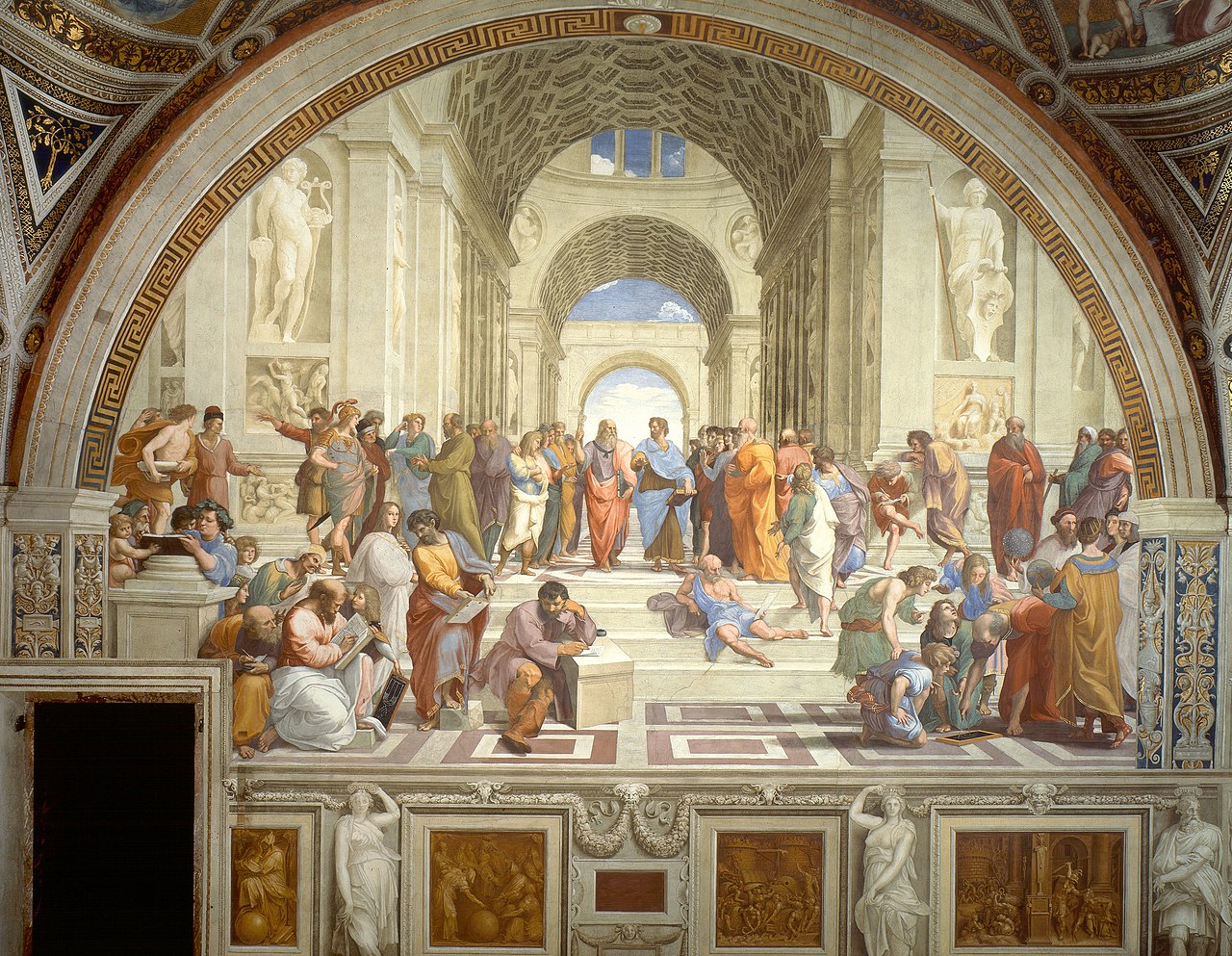
Our current technology and quality of life would be impossible without our ability to generalize and use abstract thought, even though these benefits are merely a minuscule by-product of this capacity. The mind is, as Plato might suggest, “abstract, perfect, unchanging concepts or ideals that transcend time and space.” Specific instances of spheres in our material world – never reaching the pure mathematical perfection of the ideal – still provide helpful reflections of these universal ideas.
While we make pragmatic use of finding maximum density in closely packed spheres (3D tesselations, if you will) what if our notions of space and time were incomplete and we were missing the forest for the trees? What if we just needed to explore one perfect sphere to understand all of their seeming manifestations?
Moving from the sublime to the mundane…
Las Vegas has been in the news with recent sports activity featuring a prolate spheroid shape (a sphere distorted along one axis) as the focus of a popular game. One of the newest attractions to that city is the large spherical structure with both external and internal illumination designed also for high-volume entertainment; here is some of the science, math, engineering, and physics (including geodesic calculations) this unmistakable spherical entertainment venue employs.

In light of recent astronomical news (the Intuitive Machines’ Odysseus lander on the moon) it seems timely to consider the humble, simple, and ubiquitous sphere as worthy of the limelight in all its plethora of forms and manifestations – including the planets and moons in our solar system, most of which are roughly spherical (or spheroidal). Regular readers of this website will recall the fascinating 2D and 3D geometrical relationships between averaged orbits (ellipses approximated as circles) of the planets in our solar system by John Martineau; there are still 10 months left in the year if you want a 2024 calendar featuring artwork of these profoundly precise planetary proportions!
About 50 years or so, give or take a few, fellow artist, geometer, and explorer of realms of thought, Dave Van Dyke and I put together a 35mm slideshow of photographs, taken on backpacking trips to California’s Sierra Nevada mountains, Point Reyes National Seashore, our home town of Livermore, California, and vicinity – among other places – set to the inspiring music of Gustav Holst‘s classic work, “The Planets.” We recorded a superb performance by the Boston Symphony Orchestra (conducted by William Steinberg on vinyl Deutsche Grammophon. We spent hours sorting through our slides to find just the right photographs (changing about every 10 seconds or so using the timer on a Kodak Carousel projector) to match the tempo, feel, and quality of each section of the seven compositions comprising The Planets. We shared this publicly in a variety of venues over a several year span, including some follow-on slideshows set to other favorite contemporary music, but the Planets was always our favorite. A “back burner” project is reconstructing this slideshow with some of the scanned slides that Dave and I took and the music below; I’ll keep you posted if/when we complete this endeavor; stay tuned!
Here are the original recordings of The Planets we used a half-century ago conducted by William Steinberg on vinyl Deutsche Grammophon, which we transferred from 33 1/3 RPM vinyl to 1/4″ stereo reel-to-reel tape, for our slideshow presentations:
… and another concert performance:
Here’s the airbrushed art album cover from the music we enjoyed and shared:

Here are some more acoustic translations of the planets in our solar system.

